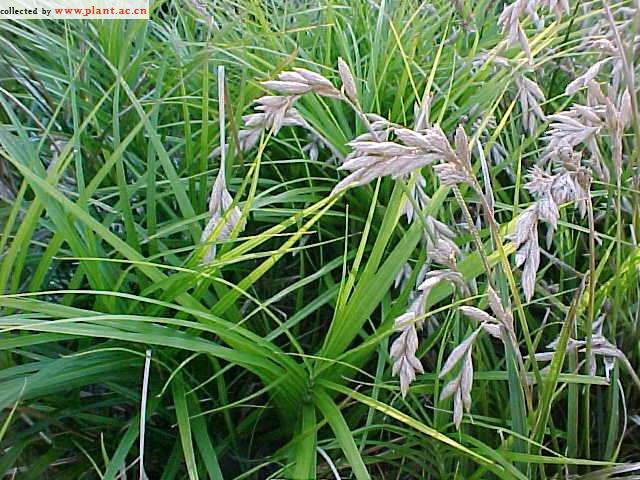Carex muskingumensisPalm sedge
科:莎草科
Family:Cyperaceae
属:薹草属
common name:Palm sedge
introduce:Plant Type: Rush or Sedge
Family: Cyperaceae
Missouri Native: Yes
Native Range: Western North America
Height: 2 to 3 feet
Spread: 2 to 3 feet
Bloom Time: May - September
Bloom Color: Yellow
Sun: Full sun to part shade
Water: Medium to wet
Maintenance: Low
General Culture:
Easily grown in average, medium wet to wet soil in full sun to part shade. This species does well in some shade, but tends to flop in too much shade. Best in constantly moist, fertile soil, but will grow in shallow water (3-4" deep). Grows well away from water, but soil must not be allowed to dry out. Cut to ground in winter.
Noteworthy Characteristics:
A dense, clump-forming sedge which is grown for its foliage effect. Produces rigid, erect stems to 20" tall with 8" long, pointed, grass-like, light green leaves radiating from the stem tops. Commonly called palm sedge since the leaves somewhat superficially resemble miniature palm fronds. A Missouri native which is found most often in wooded swamps and on wooded flood plains of rivers. Spread by rhizomes and self-seeding. Insignificant flowers appear in May on terminal spikes which are not showy but are noticeable and of some interest and persist throughout the summer. Foliage promptly turns yellow after frost. Species is named for the Muskingum River in Ohio.
No significant insect or disease problems.
Uses:
Mass in moist, lightly shaded areas near ponds or streams. A good plant for the water garden. With regular watering, may be grown in borders, rock gardens and containers.
